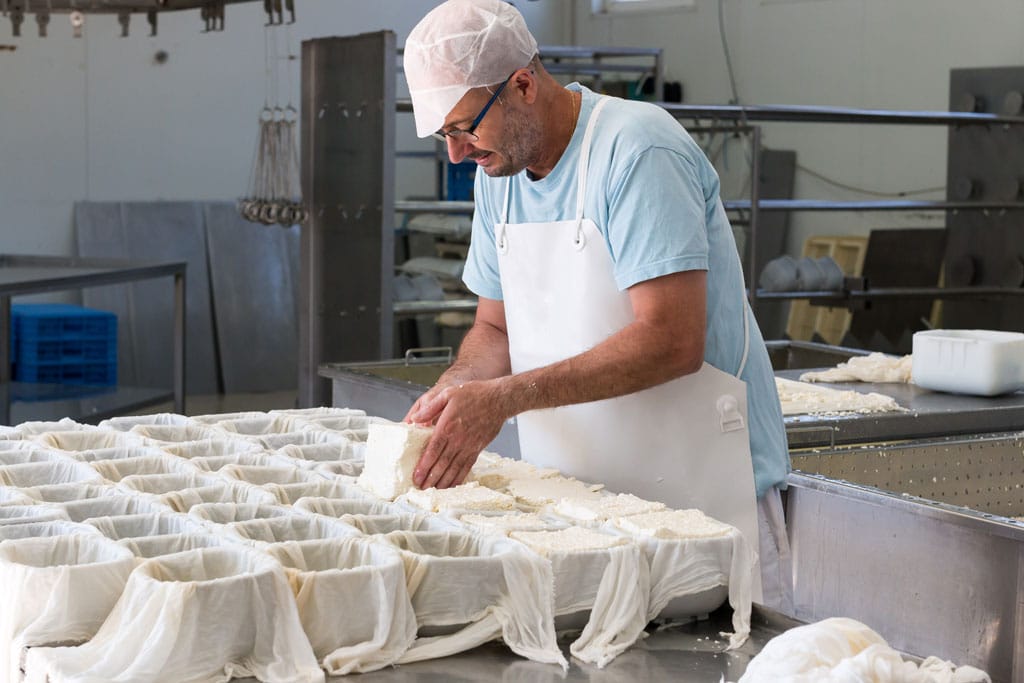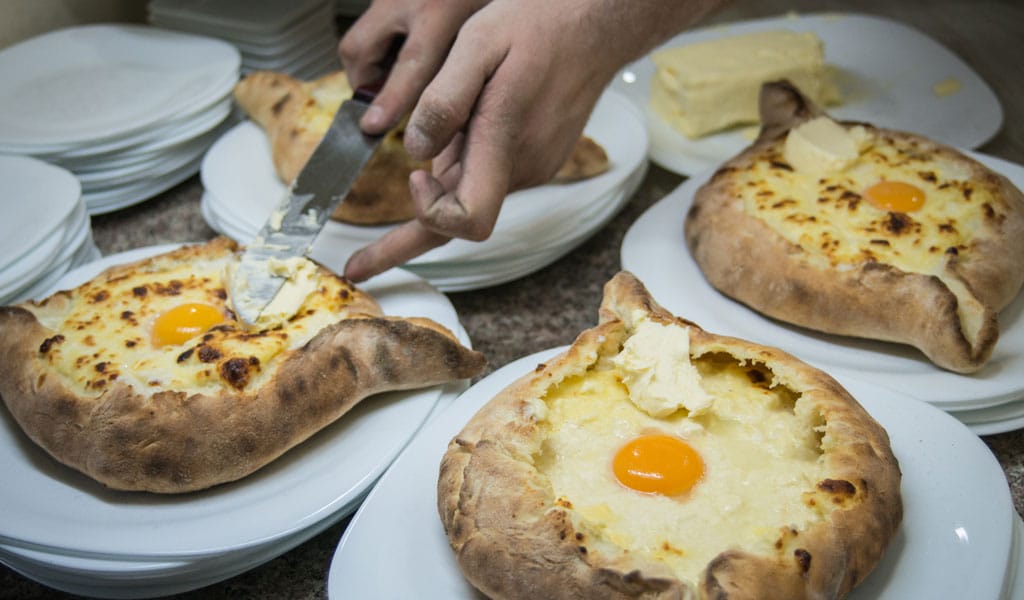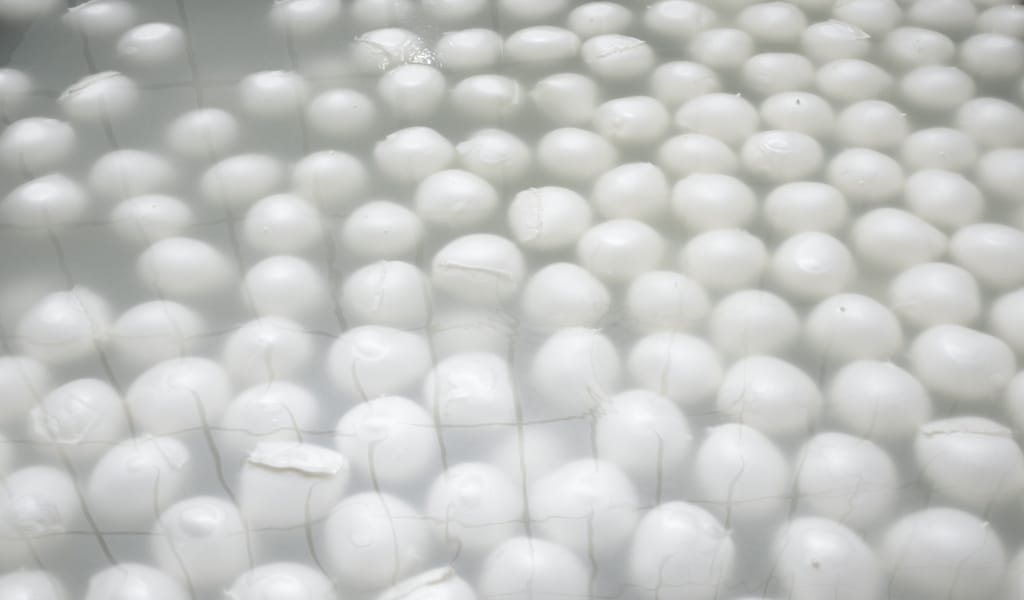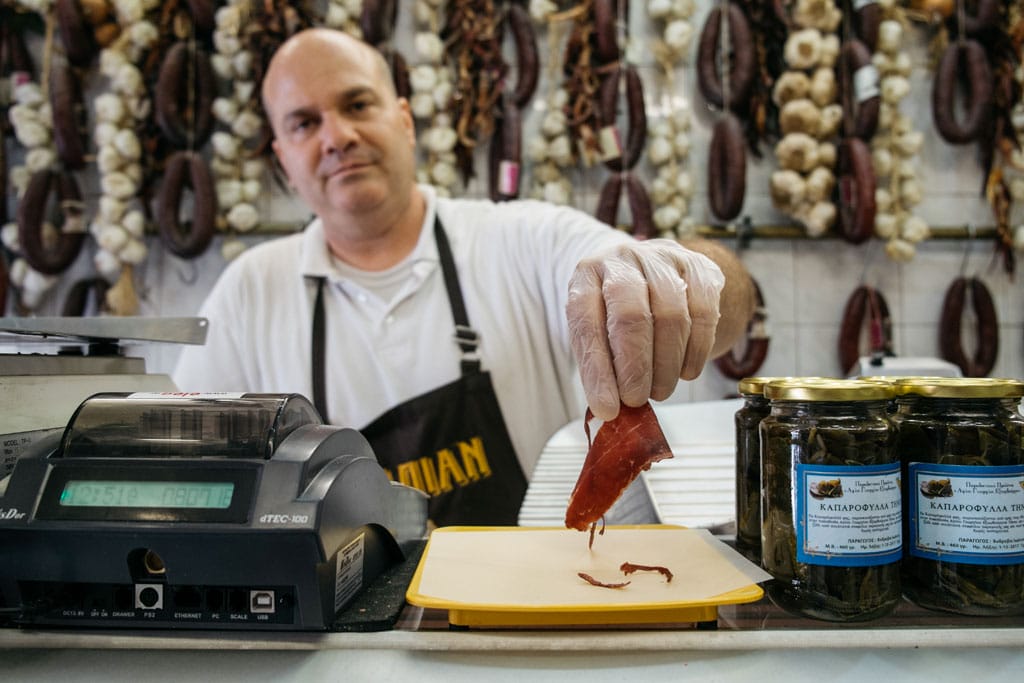At 10 a.m., Juan Trenado, head of cheese production at Finca Subaida, and his team had already been toiling for several hours. They moved efficiently through each step of the artisanal process, expertly crafting block after block of the famous Queso de Mahón on the Mediterranean island of Menorca.
“By law” – Mahón has a protected designation of origin (D.O.P.) – “the cheese could include a little sheep’s milk, but ours doesn’t,” Trenado told us, as he directed a gushing stream of watery cheese curds from a wide hose into a big, waist-high stainless steel vat.
Slowly, the vat filled nearly to the brim, and Trenado, along with Mònica Mercadal, Head of Cheese Maturation, and Ramon Alonso, a new hire, carefully stirred the curds, breaking them into small chickpea-sized pieces. Next, the whey was pressed out of the curd and drained away to be fed to the farm’s pigs.
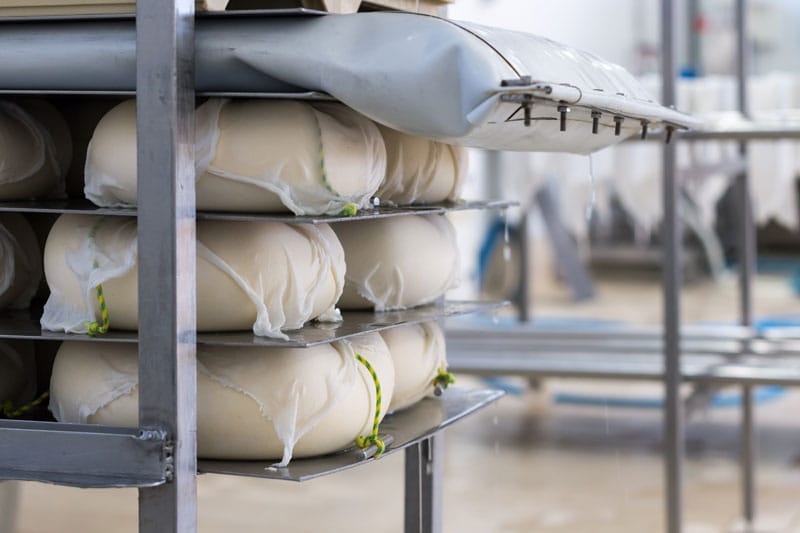
As with most handmade products, process is everything. The curds were folded in a square of cheesecloth, and a cord twisted around the leftover cloth to squeeze out the liquid, in order to create the characteristic four-sided cheese with rounded corners. All D.O.P Queso de Mahón has an identification number and production date stamped into it at this stage, via a plastic mold placed between the cheesecloth and the curd. Once the cord was wound tight, the bundle is pressed with weights for two to eight hours, then later brined and aged.
“The mark of the string and the cheesecloth on the final cheese is a sign of artisanal quality,” Trenado explained. Non-artisanal Queso de Mahón, which is made in a more industrial way and from pasteurized milk, can also be found. However, the milk used to make Queso de Mahón Artesano is always raw – in the case of Subaida, it comes from their own Dutch Holstein Friesian cows.
While Queso de Mahón Artesano is readily available all over Menorca and used in many ways, from pasta topping to pastry filling, it is most often only the non-artisanal pasteurized variety that is available in major supermarkets in Spain and abroad. True Queso Mahón Artesano has a wonderful flavor and texture that has been enjoyed around the Mediterranean for thousands of years. A visit to the island wouldn’t be complete without a taste.
Archaeologists in Menorca have discovered ceramic shards of cheese making equipment dating back to 2000 BCE, and the first written document mentioning cheese made in Menorca is from the 5th century. Shipment, trade, and distribution of Menorcan cheese grew steadily throughout the Middle Ages, and as the cheese became more and more popular, it began to be known as “Cheese from the Port of Mahón,” for its shipping origins. In 1985 Queso Mahón was given D.O.P status, and in 1997 the name was changed to Queso Mahón-Menorca to reflect the fact that most of the cheese isn’t actually made in the city of Mahón itself, but in the smaller countryside towns like Alaior and Es Mercadal.
Subaida produces four styles of Queso de Mahón: tierno (soft), aged for five weeks with a relatively mild flavor and soft, elastic texture; semi curado, aged three months, with a slightly firmer texture and nuttier flavor; curado, aged six months and firmer still, with a persistent flavor and flakier texture; and añejo, cave-aged for 18 months and hard, similar to an aged parmesan, with a nutty, intense flavor.
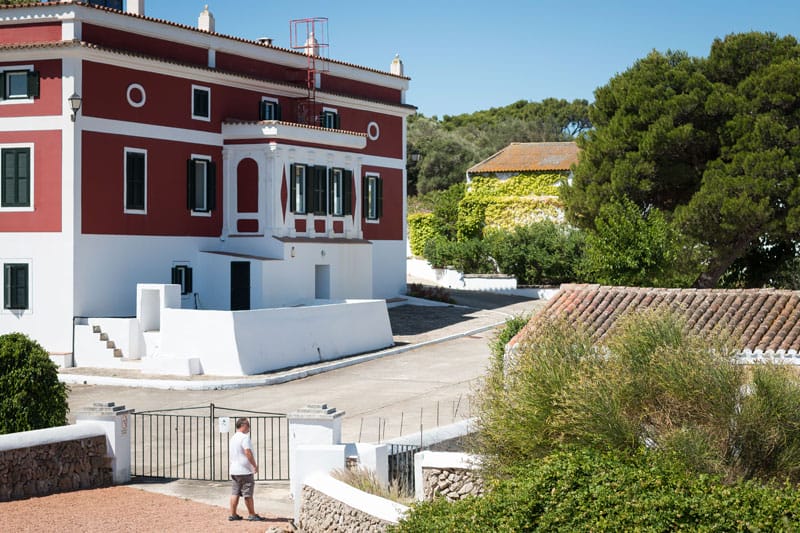
The Subaida family estate, situated on a raised crop of land near the sleepy town of Alaior, has been in the same family for six generations. The striking red-and-white, Georgian-style house at the center of the property dates back to 1840, though cheese production didn’t begin until 1930. Today, Subaida is one of the largest small scale producers on Menorca.
Subaida offers guided tours (reservation required) of their farm and facilities that give visitors an inside look at the cheese making process and the history of the farm and ends with a very satisfying tasting.
Our tour began in front of Finca Subaida’s tasting room as our guide, Marta Bosch, gathered the visiting families and curious travelers together to begin the walk around the farm grounds. As the famous tramuntana wind blew across the hilltop property, Bosch described to us the uses of Finca Subaida’s 350 hectares, and the ways in which the business of cheese making has evolved in Menorca since Subaida’s founding in 1930.
“We use this land for growing feed for the cows,” she explained, gesturing to the open expanse east of the central farm buildings. “However, much of our land, some 200 hectares, is still made up of the typical Menorcan pine forests, where our cows and pigs are also allowed to graze.” We paused at a small hut that houses a handful of goats and sheep. Subaida doesn’t make any sheep’s or goat’s milk cheeses but keeps these animals as “farm friends.”
Just above the goat hut is a wide, flat stone area that offers a 360-degree vista of the farm and surrounding grounds, including a clear view of Monte Toro in the distance, the highest point in all of Menorca and just four kilometers from the property. “This is the old threshing floor,” Bosch told the group as we walked in a wide circle around its interior. “Donkeys would walk around this outside path, moving a heavy wheel that would mill the feed for the cows.” The threshing floor of Subaida has long lain dormant, but it is still one of the most striking parts of the farm.
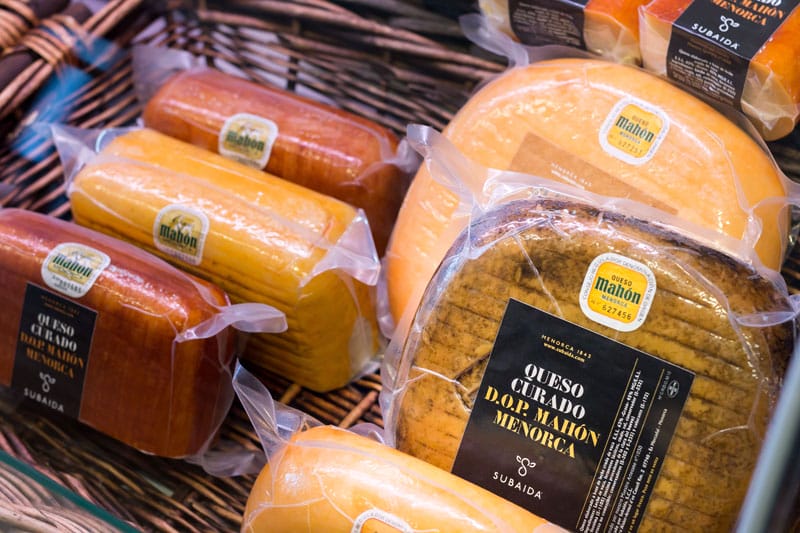
The tour continued across the grounds, concluding at the cheese production building for a lesson in the methods used to make D.O.P Queso Mahón. After a quick visit to the milking barn, the tour circled back around to the tasting room, where a sampling of virtually all of Subaida’s gastronomic treasures were waiting to be savored. A spread of all four styles of Queso Mahón, plus some homemade fruit preserves, slices of sobrassada and carnixulla sausages, local red wine and a platter of light and crispy carquinyoli cookies, made by the legendary Cas Sucrer confection shop in the nearby town of Es Mercadal. We worked our away across the tables, from the smooth and supple tiero to the firm and nutty curado, the latter being the truest embodiment of this famous Menorcan cheese. After the tour, we packed up and headed towards the coast, the finale serving as the perfect aperitivo for our seaside lunch to follow.
This article was originally published on August 11, 2016.
 July 13, 2022 Retro
July 13, 2022 Retro
There was a dowdy little joint in Batumi, Georgia’s Black Sea port town, where two […] Posted in Tbilisi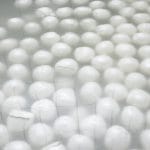 March 17, 2021 CB on the Road
March 17, 2021 CB on the Road
All morning, as we zoomed down south from Naples on a motorcycle, inky clouds threatened […] Posted in Naples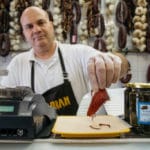 July 27, 2019 Summer Picnics
July 27, 2019 Summer Picnics
Athens, unofficially known as the Big Olive, has many delightful spots for a picnic in […] Posted in Athens
Published on April 14, 2021
Related stories
July 13, 2022
TbilisiThere was a dowdy little joint in Batumi, Georgia’s Black Sea port town, where two middle-aged women churned out the most exquisite Adjarian-style khachapuri pies in an old pizza oven. It was a must-stop for every trip to the coast, as there were few places in Tbilisi that could scorch such an authentic acharuli. As…
March 17, 2021
NaplesAll morning, as we zoomed down south from Naples on a motorcycle, inky clouds threatened rain. So when we arrive at Rivabianca, a mozzarella di bufala cooperative in the village of Paestum, with our clothes still dry, we exhale deeply, not realizing that we had been holding our breath. Inside the dairy’s production center, separated…
July 27, 2019
AthensAthens, unofficially known as the Big Olive, has many delightful spots for a picnic in all seasons. Okay, in summer perhaps you’d rather be on the beach – and that can be arranged if you hop on a bus or tram for the southern coastal suburbs of Voula, Vouliagmeni and Varkiza – but in the…







































